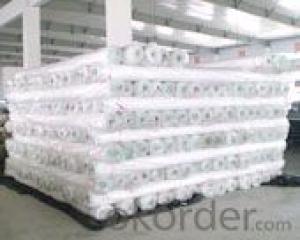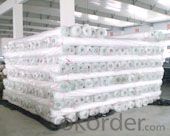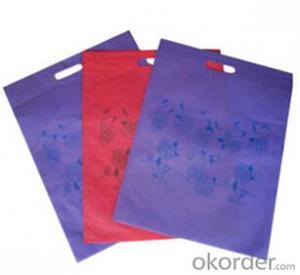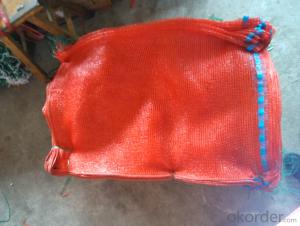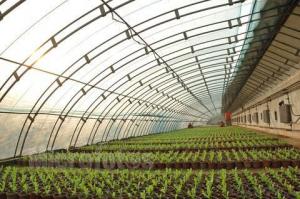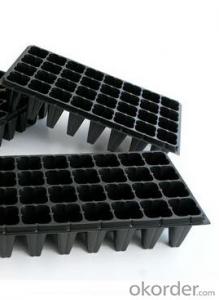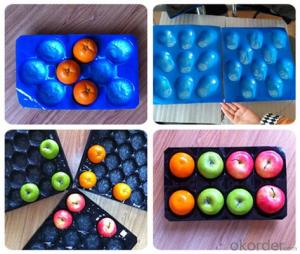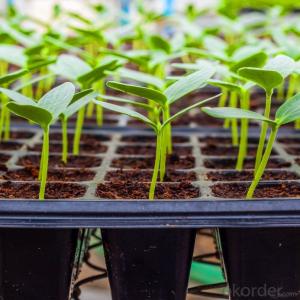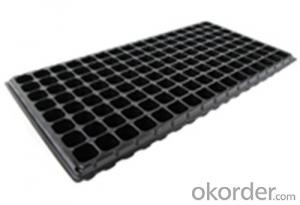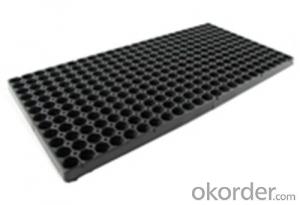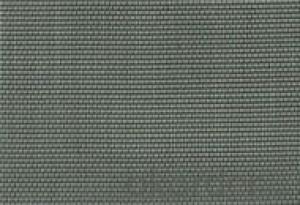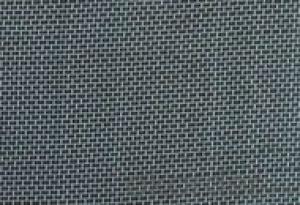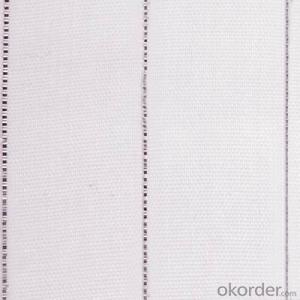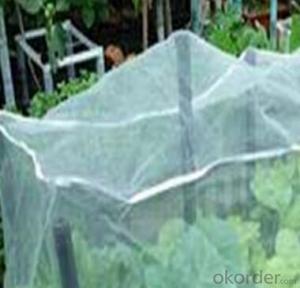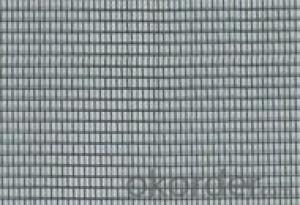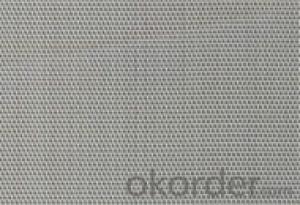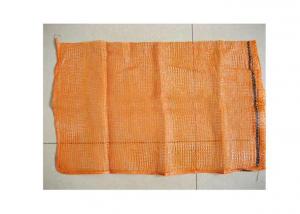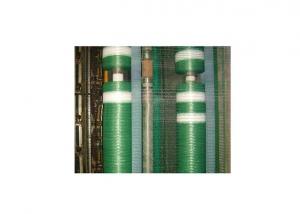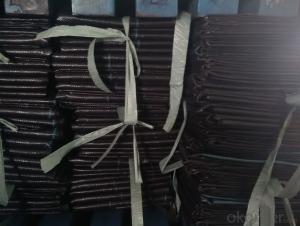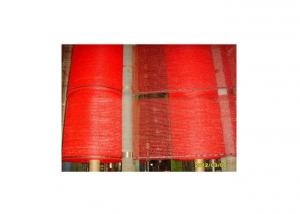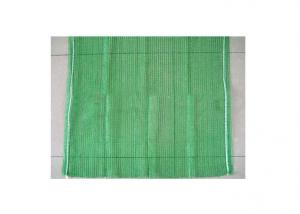Anti Insect Net different mesh100% HDPE
- Loading Port:
- China Main Port
- Payment Terms:
- TT OR LC
- Min Order Qty:
- -
- Supply Capability:
- -
OKorder Service Pledge
OKorder Financial Service
You Might Also Like
Insect Net
Effectively restrain the intrusion of vermin's larva, cut off the pass of vermin's propagation, conquer the abuse of chemical pesticide, Anti - insect and disaster effectively, suitable for shading and windbreak. It is the expert net for green vegetables.
Specifications:
Material base fabric | Fabric Weight | Uv. Content | Temperature range |
HDPE | 80gsm up to 200gsm Standard Weight: 80gsm, 110gsm, 125gsm | 0.3% or 0.5% | -40 ~ +80oC |
Width: 1m, 1.5m,2m (can be joined to 10m)
Length: 20m, 50m,100m
Color: Black, Green, DarkGreen
Minimum life length: 4 years, under normalweather conditions and use.
- Q: Can nursery trays be used for growing succulents indoors?
- Yes, nursery trays can be used for growing succulents indoors. They provide a convenient and space-efficient method for starting succulent plants from seeds or cuttings. However, it is important to ensure proper drainage by making drainage holes in the trays or using trays with built-in drainage. Additionally, succulents require well-draining soil, so it is recommended to use a specialized succulent or cactus mix to ensure their growth and health.
- Q: What types of plastic materials are used in making shade structures?
- The types of plastic materials commonly used in making shade structures include high-density polyethylene (HDPE), polyvinyl chloride (PVC), and polycarbonate.
- Q: What are the effects on the environment when recycled agricultural plastics are used?
- <p>The use of recycled agricultural plastic products can have several positive environmental impacts. It reduces the amount of plastic waste that ends up in landfills and the natural environment, thereby decreasing pollution. Recycling plastics conserves resources by reducing the need for raw materials, which can lower carbon emissions associated with the extraction and processing of new materials. Moreover, it can save energy as the production of recycled plastics typically requires less energy than producing plastics from virgin materials. However, it's important to note that the recycling process itself can have some environmental impacts, such as the use of water and energy, and the potential for emissions. Proper management and technological advancements can help mitigate these impacts and enhance the sustainability of recycled agricultural plastic products.</p>
- Q: Can ground cover be used to create a low-maintenance lawn?
- Yes, ground cover can be used to create a low-maintenance lawn. Ground cover plants are typically low-growing and spread quickly, providing a dense cover that suppresses weeds and reduces the need for mowing. They require less water, fertilizers, and pesticides compared to traditional lawns, making them a more sustainable and low-maintenance option. However, it's important to choose the right ground cover plant for your specific climate and soil conditions to ensure its success.
- Q: What are the different types of agricultural plastic wraps?
- There are several different types of agricultural plastic wraps, including silage stretch films, greenhouse films, mulch films, and bale wraps.
- Q: I have heard that Seoul is the plastic capital of the world...is this true? if it is, is it really very cheap to do plastic surgery in korea?
- Plastic okorder
- Q: Can nursery trays be used for starting perennial plants?
- Yes, nursery trays can be used for starting perennial plants. These trays provide a convenient and organized way to sow and germinate perennial seeds or propagate perennial plants from cuttings. The trays help in creating a controlled environment for seedlings to grow, with proper drainage and spacing. They are often used by gardeners and nurseries to ensure successful establishment of perennial plants before transplanting them into larger containers or outdoor gardens.
- Q: we have a gold fish and we're transferring it to a plastic aquarium that was originally a hamster tank/aquarium. Will the the fish be ok? Does the plastic harm it?
- yeah it's fine the only down side to plastic/acrylic tanks is the potential for it to get scratched
- Q: Can ground cover be used to attract pollinators?
- Yes, ground cover can be used to attract pollinators. Certain flowering ground cover plants, such as creeping thyme, creeping phlox, or wildflowers, provide nectar and pollen sources that attract bees, butterflies, and other pollinators. These plants can create a diverse and colorful habitat that supports the health and abundance of pollinators in a garden or landscape.
- Q: What is the best ground cover for a woodland garden?
- One of the best ground covers for a woodland garden is the native plant called creeping phlox. It is low-maintenance, spreads quickly to fill in gaps, and produces beautiful flowers in various colors. Its ability to tolerate shade makes it a perfect choice for creating a natural and vibrant ground cover in a woodland garden.
Send your message to us
Anti Insect Net different mesh100% HDPE
- Loading Port:
- China Main Port
- Payment Terms:
- TT OR LC
- Min Order Qty:
- -
- Supply Capability:
- -
OKorder Service Pledge
OKorder Financial Service
Similar products
Hot products
Hot Searches
Related keywords
